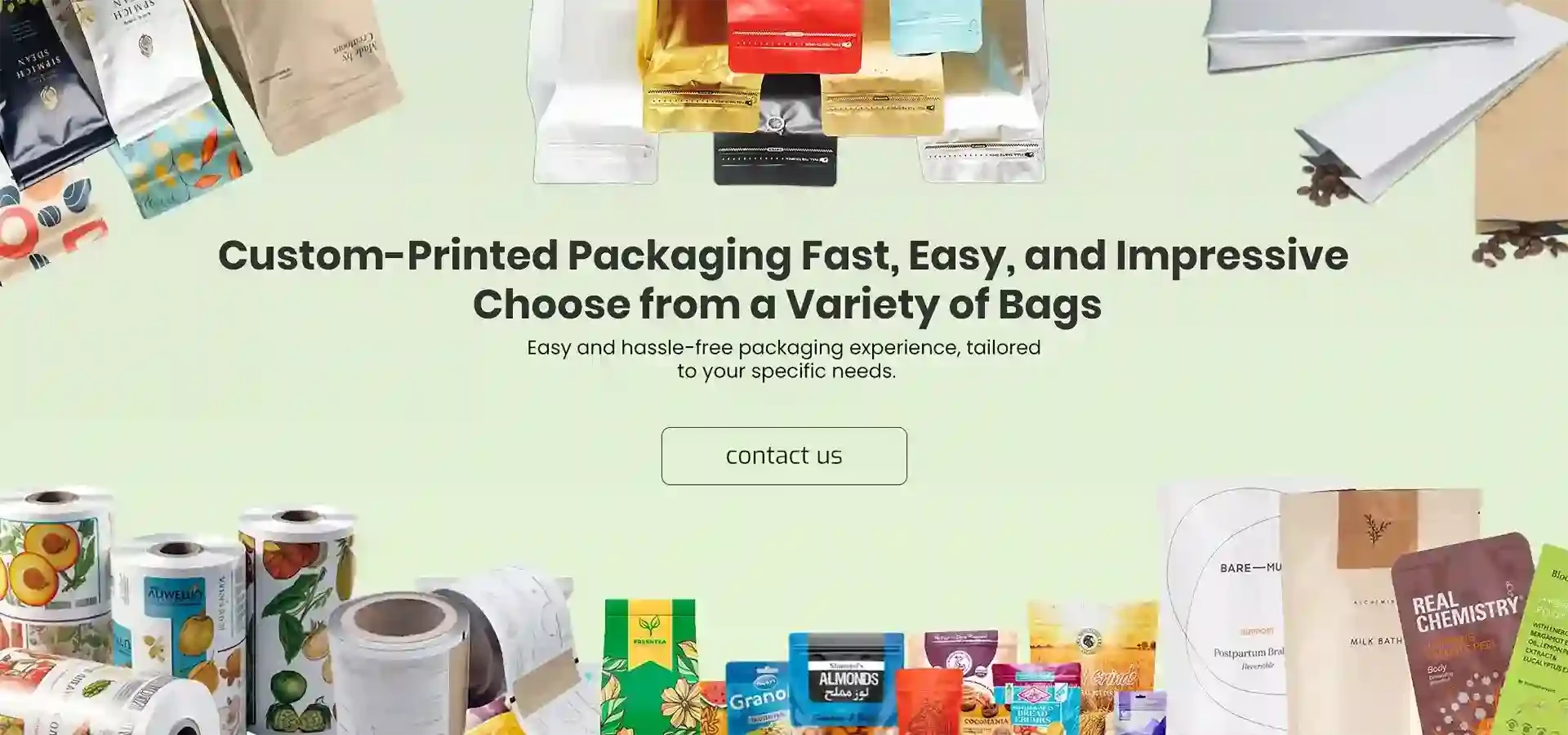- Afrikaans
- Albanian
- Amharic
- Arabic
- Armenian
- Azerbaijani
- Basque
- Belarusian
- Bengali
- Bosnian
- Bulgarian
- Catalan
- Cebuano
- chinese_simplified
- chinese_traditional
- Corsican
- Croatian
- Czech
- Danish
- Dutch
- English
- Esperanto
- Estonian
- Finnish
- French
- Frisian
- Galician
- Georgian
- German
- Greek
- Gujarati
- haitian_creole
- hausa
- hawaiian
- Hebrew
- Hindi
- Miao
- Hungarian
- Icelandic
- igbo
- Indonesian
- irish
- Italian
- Japanese
- Javanese
- Kannada
- kazakh
- Khmer
- Rwandese
- Korean
- Kurdish
- Kyrgyz
- Lao
- Latin
- Latvian
- Lithuanian
- Luxembourgish
- Macedonian
- Malgashi
- Malay
- Malayalam
- Maltese
- Maori
- Marathi
- Mongolian
- Myanmar
- Nepali
- Norwegian
- Norwegian
- Occitan
- Pashto
- Persian
- Polish
- Portuguese
- Punjabi
- Romanian
- Russian
- Samoan
- scottish-gaelic
- Serbian
- Sesotho
- Shona
- Sindhi
- Sinhala
- Slovak
- Slovenian
- Somali
- Spanish
- Sundanese
- Swahili
- Swedish
- Tagalog
- Tajik
- Tamil
- Tatar
- Telugu
- Thai
- Turkish
- Turkmen
- Ukrainian
- Urdu
- Uighur
- Uzbek
- Vietnamese
- Welsh
- Bantu
- Yiddish
- Yoruba
- Zulu
Effective Packaging Solutions for Safe Wine Shipping and Delivery
The Importance of Wine Shipping Packaging
In the world of wine distribution, packaging plays a critical role in ensuring that wine arrives at its destination in perfect condition. Wine is a delicate product that can be adversely affected by changes in temperature, light, and physical movement during transit. Therefore, robust wine shipping packaging is essential for both wine producers and retailers aiming to maintain quality and customer satisfaction. This article will delve into the features, materials, and innovations associated with wine shipping packaging, emphasizing its importance in the wine industry.
Understanding Wine Shipping Packaging
Wine shipping packaging refers to the materials and design used to protect bottles of wine during transportation. This includes cardboard boxes, inserts, padded materials, and sealing mechanisms that safeguard wine bottles from breakage, temperature fluctuations, and exposure to light. Effective packaging not only prevents physical damage but also ensures the wine reaches its destination in the same state as when it left the winery.
Key Features of Effective Wine Shipping Packaging
1. Impact Resistance The primary function of wine packaging is to protect bottles from impacts that may occur during handling and transportation. Therefore, sturdy boxes made of high-quality corrugated cardboard are often employed. Some companies integrate protective padding, such as molded pulp or foam inserts, to absorb shocks and prevent bottles from clinking together.
2. Temperature Control Wines are sensitive to temperature changes, which can compromise their flavor, aroma, and overall quality. Advanced wine shipping packages often incorporate thermal insulation, such as bubble wrap or specialized thermal liners, to help maintain a stable temperature. This is particularly crucial during extreme weather conditions, whether it be intense heat or freezing cold.
3. Light Protection Exposure to light, especially ultraviolet (UV) rays, can cause the wine to develop an unpleasant taste and aroma, known as light strike. To combat this, many wine shipping packages are designed with darker materials or coatings that block harmful light.
4. Tamper Resistance Ensuring the integrity of the wine is vital for both producers and consumers. Packaging that includes tamper-evident seals or secure closures can help prevent unauthorized access to the product, enhancing consumer confidence.
Materials Used in Wine Shipping Packaging
wine shipping packaging

The choice of materials for wine shipping packaging varies depending on the producer's budget, the distance of transport, and the specific needs of the wine being shipped. Some common materials include
- Cardboard Lightweight, cost-effective, and recyclable, cardboard is the most widely used material for wine boxes. It can be designed in various shapes and sizes to accommodate single or multiple bottles.
- Plastic Some higher-end wines opt for plastic packaging, which can be lightweight yet durable. Plastic inserts offer excellent protection without adding significant weight.
- Molded Pulp This eco-friendly material is made from recycled paper products and offers excellent cushioning properties. It can be molded to fit the shape of wine bottles, providing a snug fit.
- Foam Often used in conjunction with cardboard, foam inserts are flexible and provide superior shock absorption, making them ideal for higher-value wines.
Innovations in Wine Shipping Packaging
As the wine industry evolves, so do the innovations in shipping packaging. Many producers are now embracing sustainable practices, opting for biodegradable or recyclable materials to reduce their environmental footprint. Additionally, technology-driven solutions, such as temperature-monitoring sensors, are being integrated into shipping packages to provide real-time data on the conditions your wine is exposed to during transport.
Conclusion
In conclusion, effective wine shipping packaging is vital for preserving the quality and integrity of wine during transportation. With the proper materials and design, wine producers and retailers can ensure that their products arrive safely, maintaining their appeal and flavor. In an ever-competitive market, investing in quality packaging is not just a practical necessity but also a marketing strategy that can significantly enhance the consumer experience. As the demand for wine continues to grow, so too will the innovations in shipping packaging, ensuring that we can always enjoy our favorite bottles, regardless of distance.













